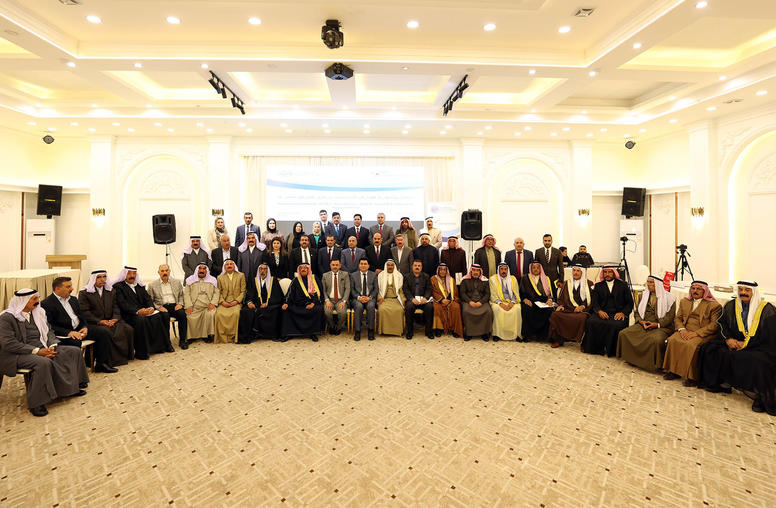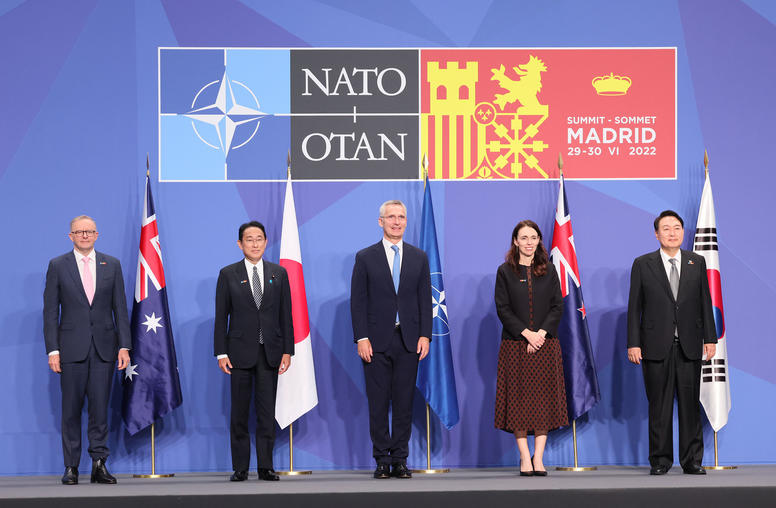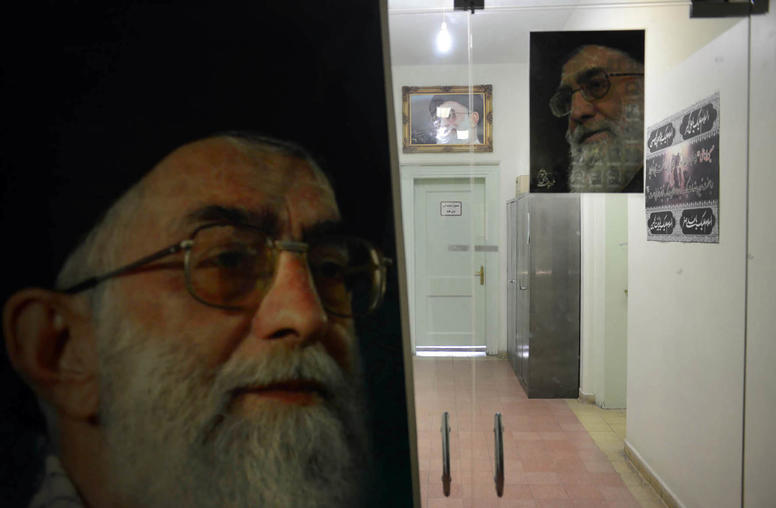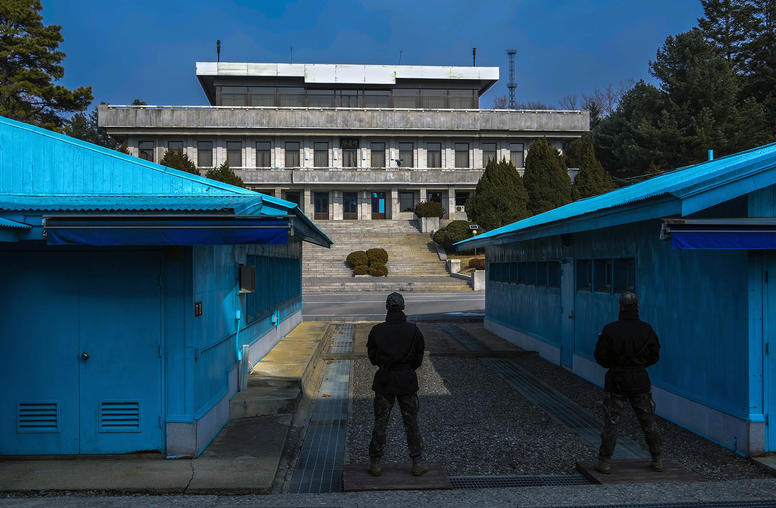Managing Public Information in a Mediation Process
Managing Public Information in a Mediation Process, the second handbook in the Peacemaker's Toolkit series, helps mediators identify and develop the resources and strategies they need to reach these audiences. It highlights essential information tasks and functions, discusses key challenges and opportunities, and provides expert guidance on effective approaches. Examples from past mediations illustrate how various strategies have played out in practice.
Those who mediate international conflicts must communicate publicly with a wide variety of audiences, from governments and rebel forces to local and international media, NGOs and IGOs, divided communities and diasporas.
Managing Public Information in a Mediation Process helps mediators identify and develop the resources and strategies they need to reach these audiences. It highlights essential information tasks and functions, discusses key challenges and opportunities, and provides expert guidance on effective approaches. Examples from past mediations illustrate how various strategies have played out in practice.
The handbook sets out six steps that can be undertaken by mediators and their information teams before, during, and after peace negotiations:
• Analyze the Information Environment
• Plan Early for Information Needs
• Design a Public Information Strategy
• Implement a Communication Program
• Engage Civil Society
• Monitor, Evaluate, Assess
Following Managing a Mediation Process, this volume is the second handbook in the Peacemaker’s Toolkit series. Each handbook addresses a particular facet of the work of mediating violent conflicts, including such topics as negotiating with terrorists, constitution making, assessing and enhancing ripeness, and Track-II peacemaking.
About the Author
Ingrid A. Lehmann is the author of Peacekeeping and Public Information: Caught in the Crossfire (London: Cass, 1999) and many articles on issues of international political communication. She is a practitioner who worked in the United Nations Secretariat for over twenty-five years, including service in the Department of Public Information and in two UN peacekeeping missions. She has an MA in history from the University of Minnesota and an MA and a doctorate in political science from the University of Berlin. In 1993–94 she was a fellow at the Center for International Affairs at Harvard University; in 1996–97 she was a researcher at Yale University’s UN Studies Program; and in 2004 she was a fellow at Harvard University’s Shorenstein Center on the Press, Politics, and Public Policy. She now lives near Salzburg, Austria, where she has been teaching in the Department of Communication Science of the University of Salzburg since 2003.



